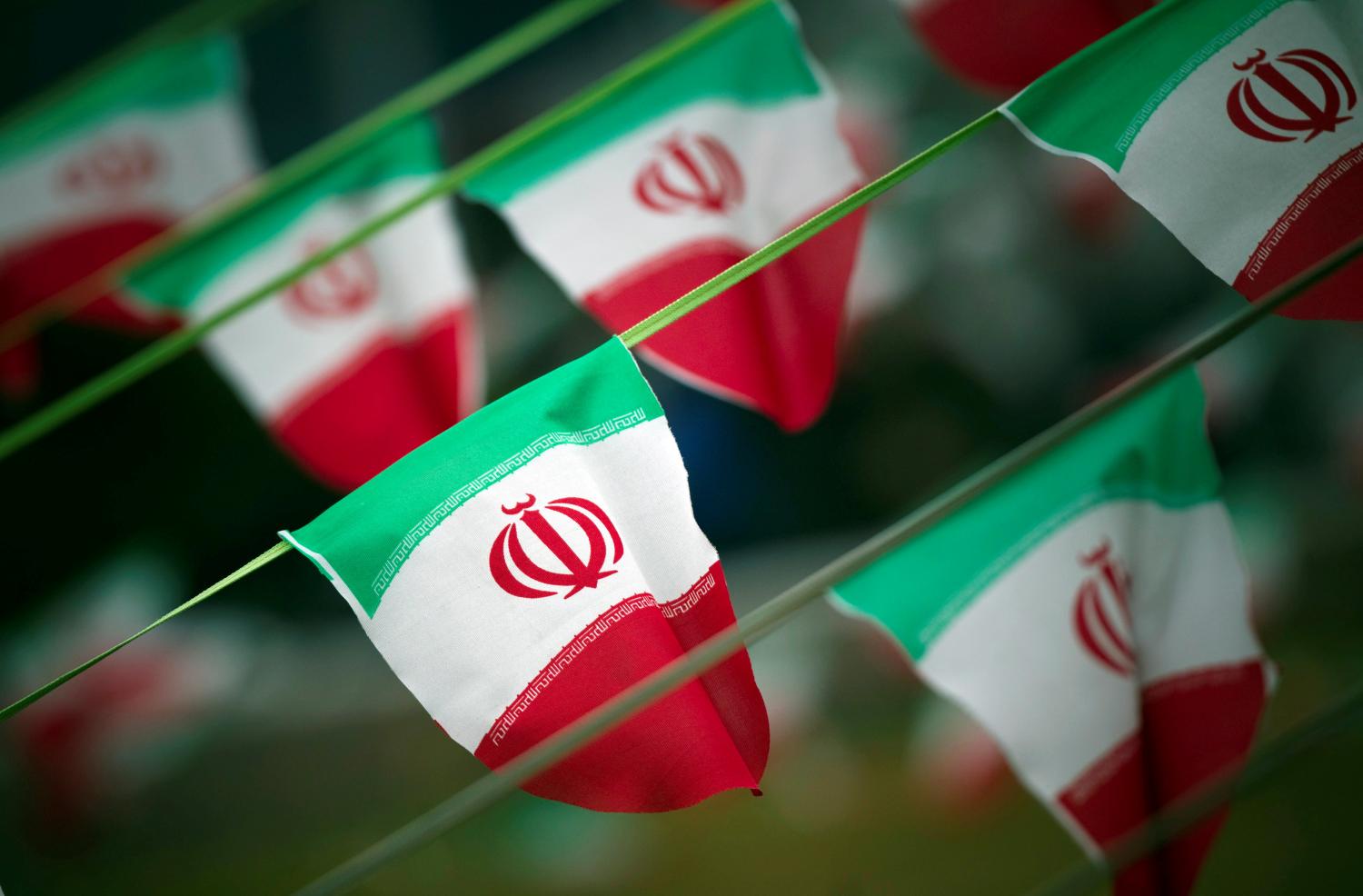Content from the Brookings Doha Center is now archived. In September 2021, after 14 years of impactful partnership, Brookings and the Brookings Doha Center announced that they were ending their affiliation. The Brookings Doha Center is now the Middle East Council on Global Affairs, a separate public policy institution based in Qatar.
Throughout its tumultuous four decades of rule, the Islamic Republic has shown remarkable longevity, despite regular predictions of its impending demise. However, the fact that it has largely failed to deliver on the promises of the 1979 revolution, above all democracy and social justice, continues to haunt its present and future. Iran’s post-revolutionary history has been marked not by totalitarian stagnation, but rather by a constant struggle between state and society over the course the country should take. In fact, as the 2009 Green Movement and the 2017/18 pro- tests demonstrate, the century-old struggle of Iranians against tyranny and for democracy continues unabated.
In November 2019, new protests erupted across Iran, sparked by a surprise tripling of fuel prices. These protests were, analytically speaking, a continuation of the nationwide protests that took place in 2017/18, known as the Dey Protests. While the November or Âbân (referring to the Iranian calendar month) Protests were distinct from the Dey Protests in a number of ways, some analysts have proposed that both are part of an Iranian version of the “long-term revolutionary process” that has been underway throughout the Arab world since 2011.
This paper, which was written with a focus on the Dey Protests, aims to provide a useful contextualization of recent events and proposes to read the Iranian protests of the past two years within the context of what I call the Islamic Republic’s “triple crisis.” It argues that, given the ongoing nature of this crisis, the need for fundamental domestic change in Iran remains pressing. In fact, over the past four decades, the Islamic Republic, with its theocratic and semi-republican system, has shown itself to be quite immune to meaningful reform, despite multiple pressures from below.
The first part of the paper looks at the socio-economic and political causes of those nationwide protests, as reflected in their powerful anti-regime slogans, by focusing on their contingent drivers. Turning to structural factors, the second part lays out the Islamic Republic’s triple crisis—socio-economic, political, and ecological—which poses a veritable threat to regime security. In conclusion, the paper addresses what the regime fears most and revisits the lessons to be learned from the 2009 Green Movement, before highlighting the need for intersectional alliances in Iran to produce real social transformation.
The paper argues that, within the socio-economic, political, and ecological triple crisis, the political crisis constitutes the center of gravity. If the political crisis were solved, through meaningful reform of the governing system, the resolution of the other two crises—socio-economic and ecological—would be facilitated, while not guaranteed. Overall, this triple crisis, which is likely to prevail as its generating factors will probably remain unaltered or worsen, has heralded a new era in the history of the Islamic Republic, marked by turmoil and potential instability.
In order to bring about real transformation in Iran, it would be necessary to form an organized intersectional alliance. Such an alliance would need to bring together the social bases and main demands of the Green Movement (the middle class, calling for political liberalization) and the Dey Protests (the lower classes, calling for social justice). In this way, it would encompass all the constituent social movements of modern Iran, including the workers’, students’, and women’s movements, enabling them to coalesce around and collectively forward a social, economic, and political agenda. For such an alliance to take shape, a “reform of reformism” would be an important precondition, which would then allow it to reach out programmatically and practically to the lower classes in order to include their grievances and interests.
Given the magnitude of Iran’s triple crisis and the absence of meaningful policies to address it, there is little indication that Iran will be able to solve any one of the crises. As Iranian society finds itself trapped between a pre- carious present and uncertain future, a number of scenarios could play out, including a militarized Islamic Republic, de facto led by the Islamic Revolutionary Guards Corps (IRGC). Yet, even such a scenario would neither resolve Iran’s triple crisis, nor extinguish Iranians’ indomitable desire for social justice and good governance.
The Brookings Institution is committed to quality, independence, and impact.
We are supported by a diverse array of funders. In line with our values and policies, each Brookings publication represents the sole views of its author(s).



